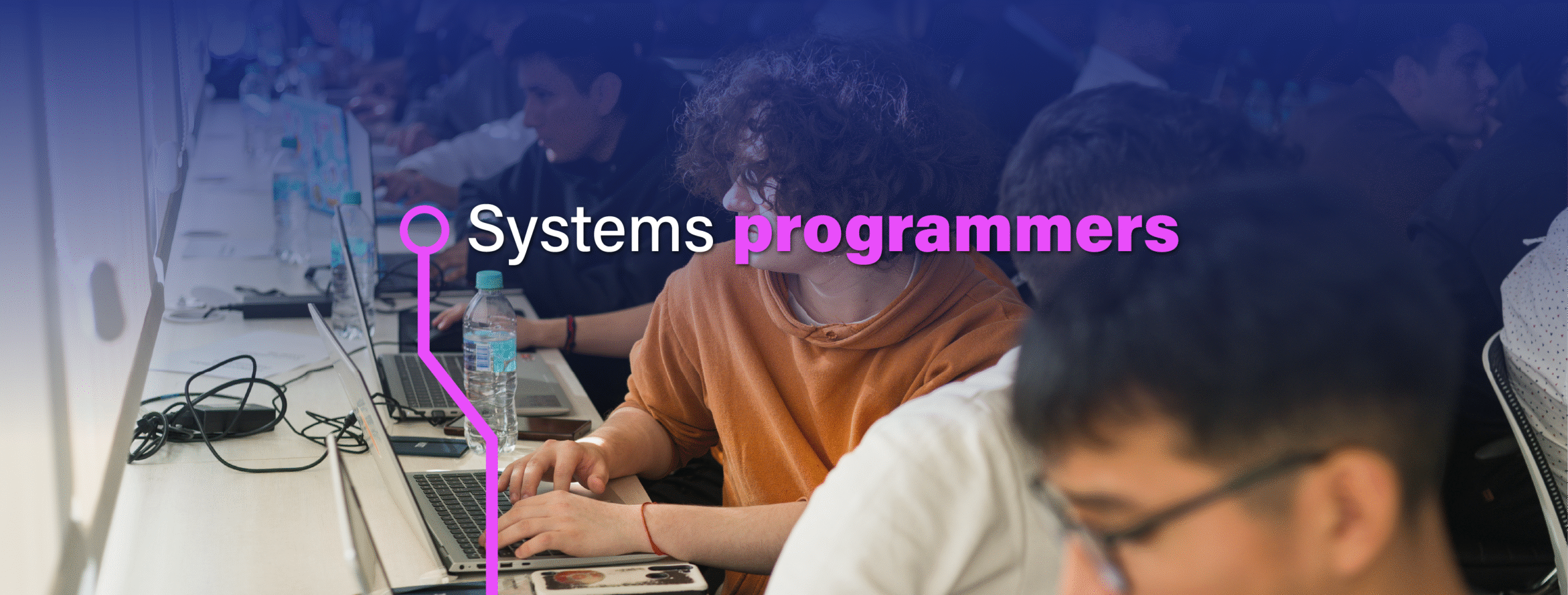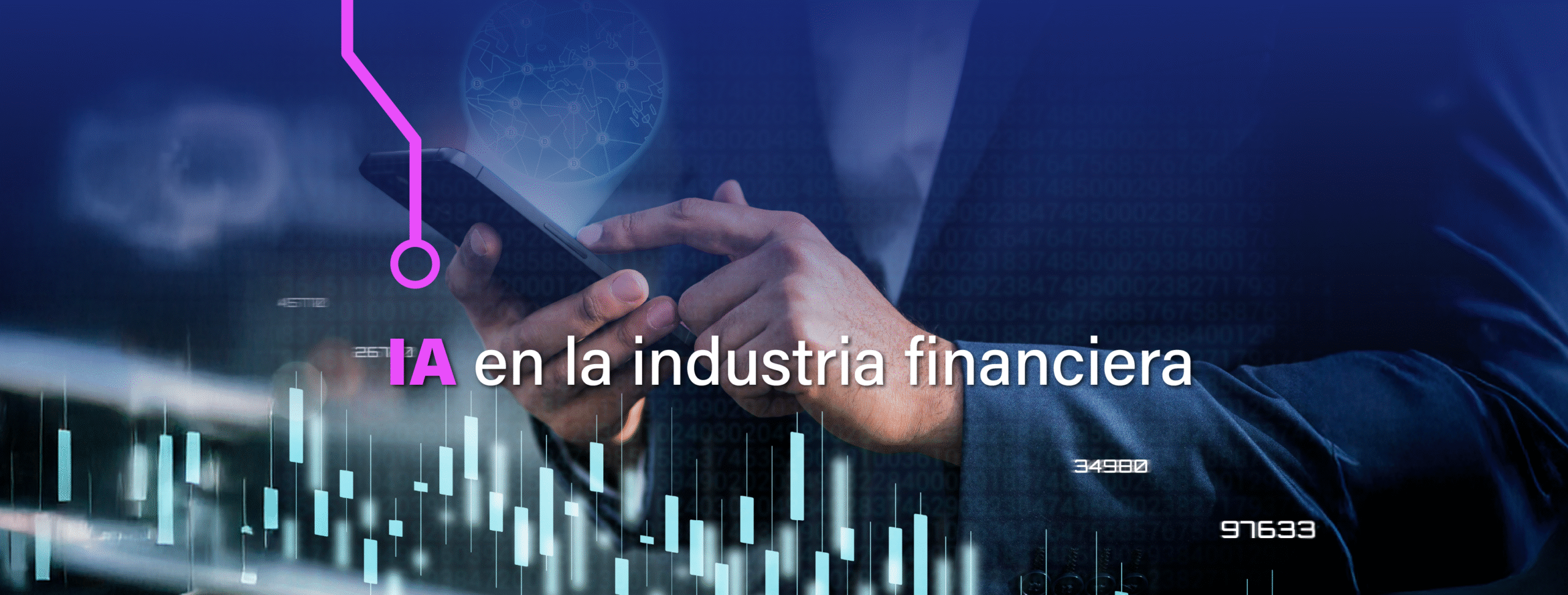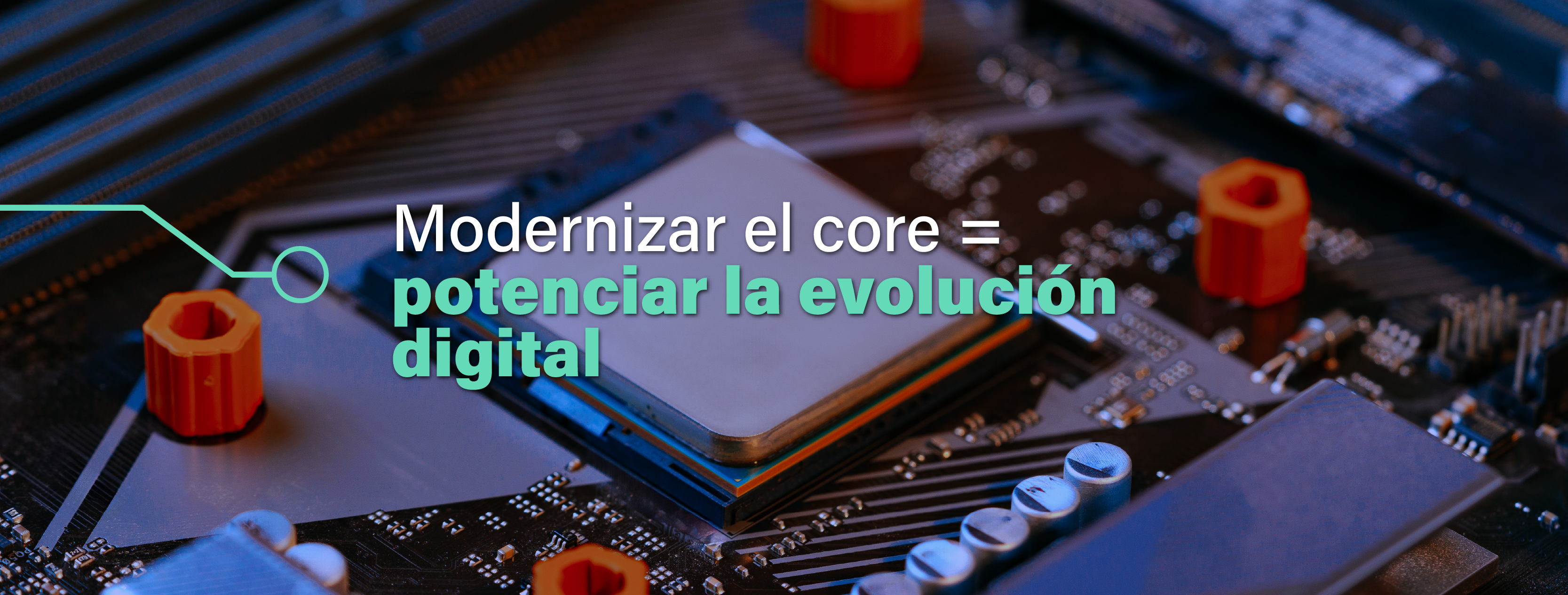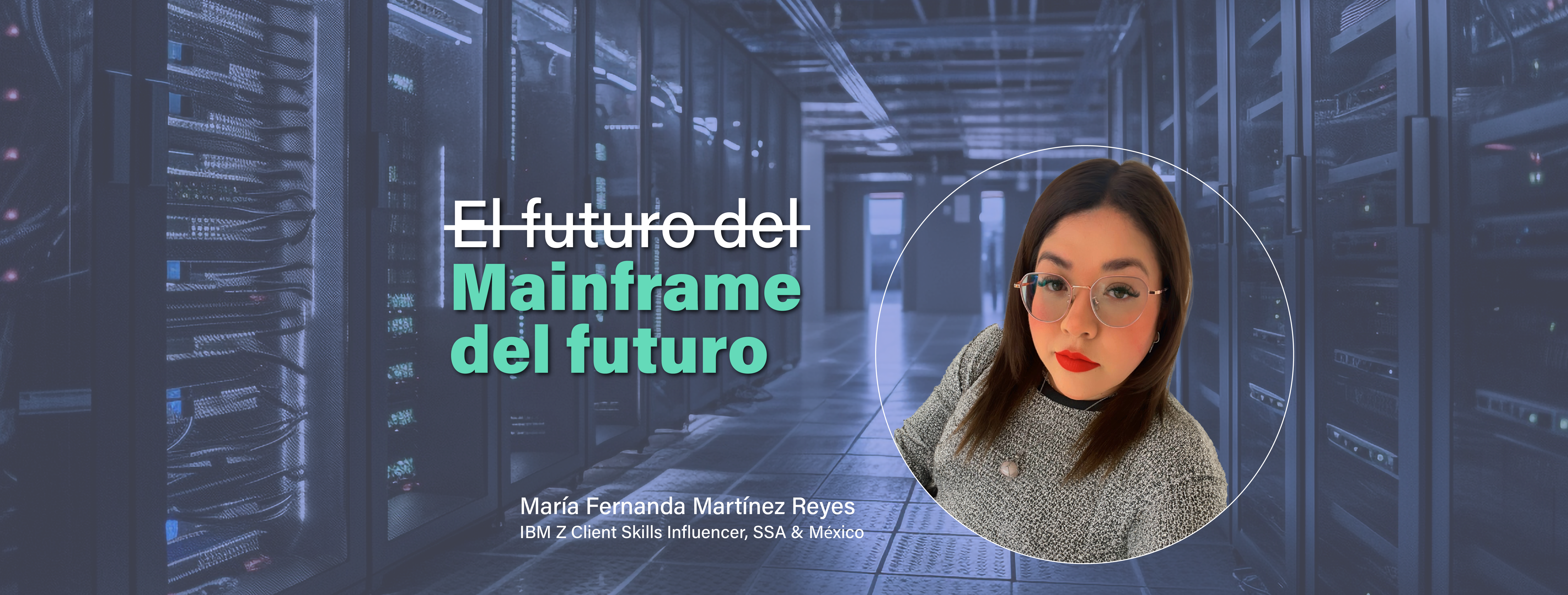The twin transition proposes a future where technological innovation and sustainability advance together. In this article, we explore its impact, the challenges it poses, and the key technologies for achieving more equitable, efficient, and resilient development.
We analyze this key and increasingly difficult-to-find technical role: its functions, challenges, and what organizations are doing to train the next generation and avoid operational collapse.
We analyze the reasons why female participation in technology remains low in Latin America: the structural causes of the gender gap, the challenges of building a more inclusive industry, and the value of diversity in innovation.
We share concrete AI use cases in the financial industry. We also analyze how the technology is transforming the sector and explore the challenges posed by its implementation.
In this article, we analyze two key approaches to achieving efficient, conscious, and sustainable technology management. We also discover how they help reduce costs and emissions and align digital transformation with B Corps values.
We spoke with Diego Parrás about the role artificial intelligence plays in accelerating digital transformation in companies. We also share trends for implementing AI agents to boost business.
We analyze how to optimize costs and performance in mainframe environments to reduce MIPS consumption and improve critical processes in highly transactional contexts.
We explore how the twin transition integrates digitalization and sustainability to transform key sectors and accelerate decarbonization. We also analyze the opportunities and challenges it poses, and identify 10 principles for technological sustainability.
We analyze how security by design allows cybersecurity to be integrated from the beginning of a product's digital development, without sacrificing the user experience.
In this article, we analyze with Mafer Martínez, IBM's Latin American zSkills Influencer, why mainframes remain crucial in today's businesses and how they will continue to be so in the future. We also discuss the most in-demand skills for organizations and ways to acquire them.










